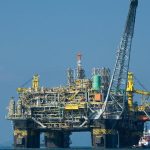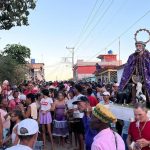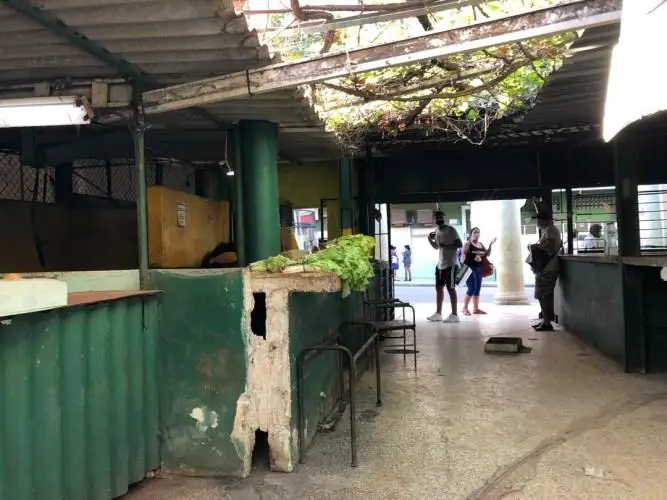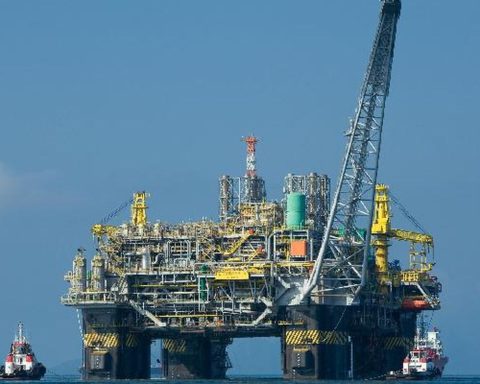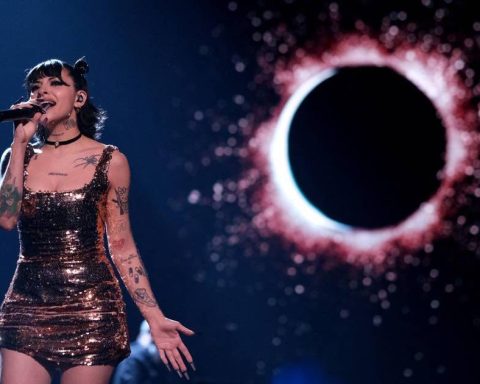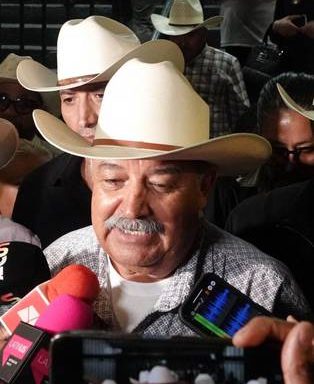A collaboration of Nicaragua Investiga
Humberto Ortega, older brother of the current Nicaraguan dictator, is a controversial figure.
He tends to keep a low political profile, but appears suddenly at key moments. Most of the times in which he has offered interviews to the media since the 2018 crisis broke out, he has used those spaces to attribute the role of “mediator of peace”, advocating for them to let Daniel Ortega govern until he finish the new mandate that he imposed on himself through a questionable and uncompetitive electoral process that he completely co-opted by imprisoning all his real adversaries in 2021.
But what is Humberto Ortega really hiding? Moisés Hassan, a former Sandinista guerrilla, assures that his real intention is to offer his brother a negotiated solution, to protect the enormous fortune with which they both made themselves through not very transparent strategies.
The older brother of the current dictator is believed to own several companies inside and outside Nicaragua, bank accounts in tax havens and a large amount of property.
Related news: Humberto Ortega reveals himself as “his brother’s accomplice” by asking for a “holy truce”
How did Humberto Ortega go from being a child who saw his two brothers die of hunger, according to what he himself recounts in his book “Epic of the Insurrection”, to a wealthy investor? Here is a recount of what are indicated as the five main ways in which the former head of the Sandinista Popular Army changed his economic reality.
1- Donations from guerrillas
In 1970, Humberto Ortega became the most powerful man in the red and black party in Costa Rica, where that guerrilla group decided to establish its general leadership to avoid the reach of Somocism. Humberto was then assigned the not inconsiderable task of receiving millions of dollars in donations to cover the needs of the Sandinista Front, which at that time demanded ammunition, food and clothing for the insurgents. Other guerrilla groups and even governments with ideological affinity made enormous contributions, which Humberto managed at convenience, without rendering accounts.
The National Resistance of El Salvador and the Montoneros of Argentina are among the groups that gave millions of dollars to the person designated by the Sandinistas to continue their armed struggle in Nicaragua.
Humberto Ortega makes a confession on his part in his book “The Epic of the Insurrection.”
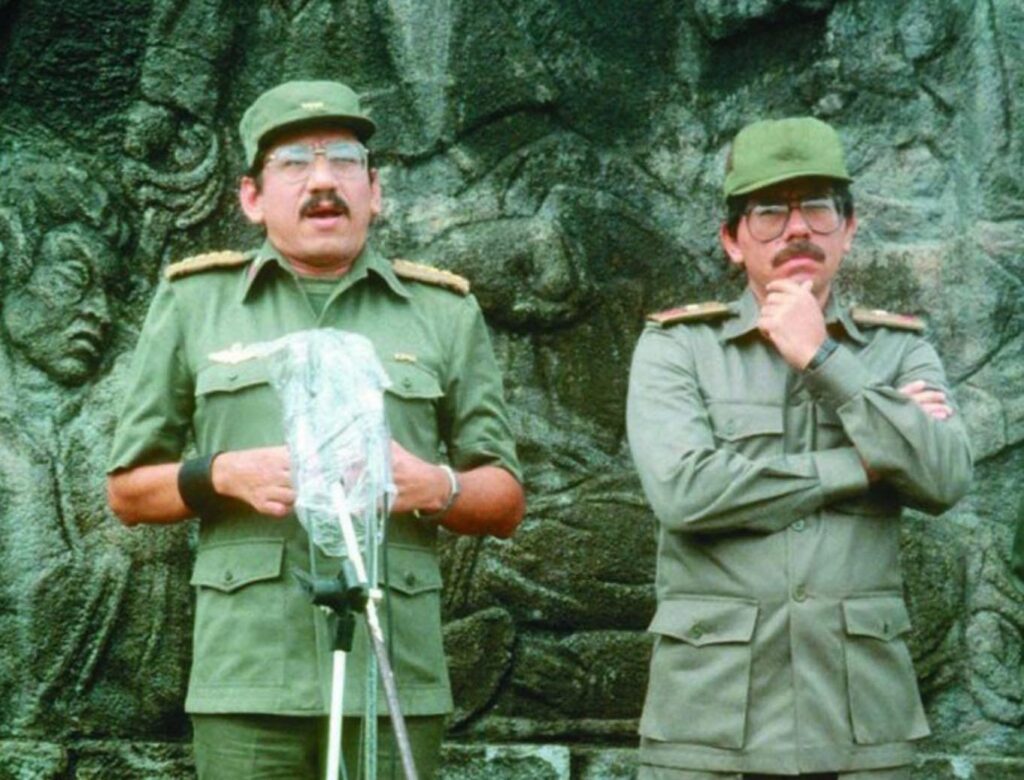
“Fernán Cienfuegos, leader of the National Resistance (RN) guerrilla organization of El Salvador, provides us with several million dollars,” he said in his book without specifying the amount. “Also in Palo Alto I establish a relationship with the Montonero leaders, the Argentines Mario Firmenich and Fernando Vaca Narvaja, who contribute so that we can obtain another million dollars,” the former military chief continued.
In the book, Humberto Ortega also makes it known that what they called “acts of recovery” were carried out. That is, the result of the robberies that he received. Former guerrilla Dora María Téllez sent him several gold bars “recovered” in some mines in the west of the country, which were exchanged with Cubans for half a million dollars, Humberto himself recounted in his revealing book.
2- State funds without surrender
We all know the story by now. The Sandinista Front manages to corner Somoza once he lost the support of the United States and the guerrillas installed themselves in power. Humberto Ortega was the top commander of the Sandinista Popular Army between 1979-1990 and then of what was called the Nicaraguan Army between 1990 and 1995. He managed the funds of this portfolio at his discretion without any type of supervision and accountability.
Moisés Hassan, who participated as a candidate for the Presidency in the 1990 elections and won a seat in the National Assembly, recalls that there came the discussion of the Budget assigned to the Ministry of Defense, sent at that time by Humberto Ortega, in which he only highlighted the name of the institution and the amount of money to be approved, without details.
Hassan denounces that on that occasion the Parliament ignored his objections and approved without refuting that 700 million córdobas be assigned to him without saying how he was going to spend them specifically.
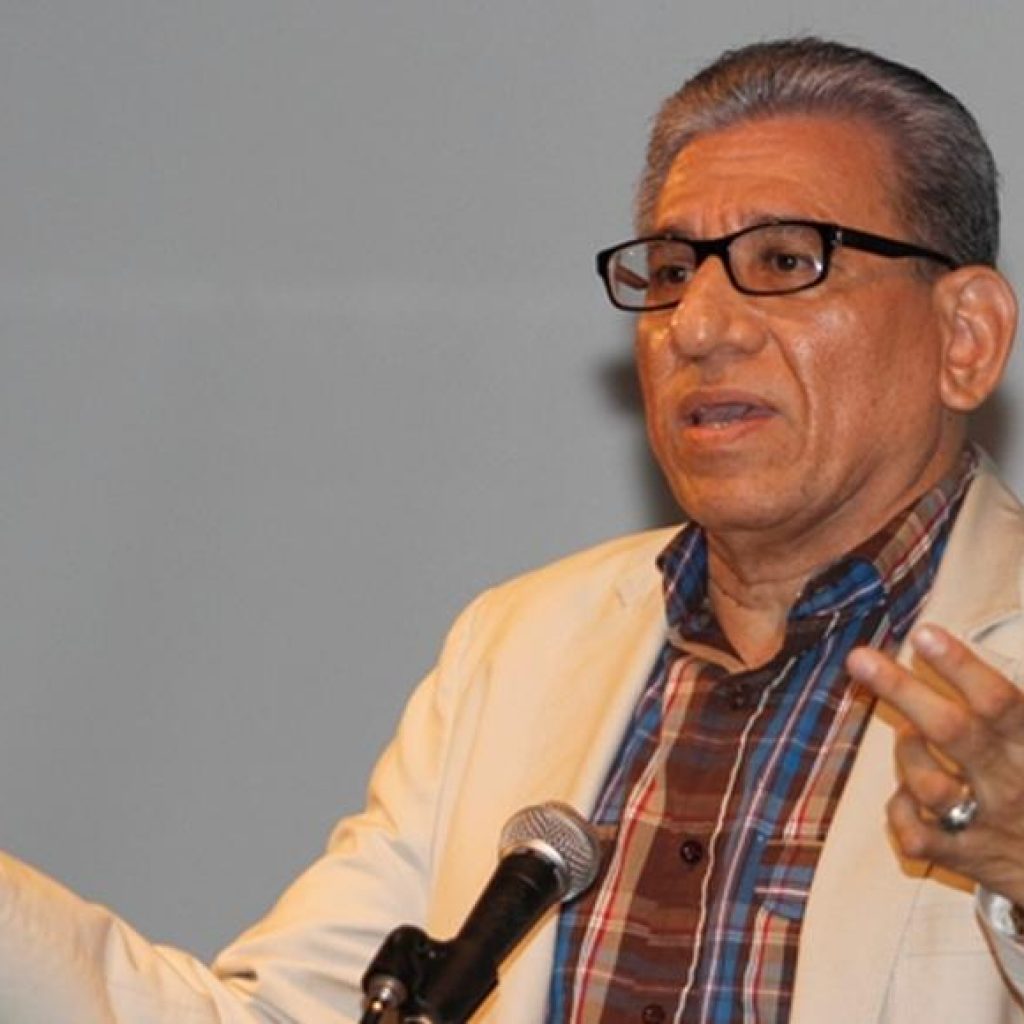
The former military chief had also managed a petty cash box of $200,000 a month from the Army. In addition, he secretly administered a budget in dollars and another in córdobas that “was spent on luxury vehicles that had nothing to do with the needs of the Sandinista Popular Army, much less war-related needs,” said Róger Miranda, former chief of the Secretary of the Minister of Defense and right hand of Humberto Ortega at that time. Miranda revealed himself to the Sandinista Front and wrote the book: “The Civil War in Nicaragua: Inside the Sandinistas.”
A budget of that size without greater supervision for 16 years in office is what helped many Humberto Ortega to amass another part of his fortune.
3- Companies with ill-gotten money
Roger Miranda also revealed in his book that Humberto Ortega used a man he trusted named Mario Castillo in 1979 to open an account with half a million dollars in a bank in Panama, to create the Alfa Comercial corporation, which is believed to be owner of numerous companies in several countries.
According to Miranda; Mario Castillo, whom Humberto also hired as a buyer of Army supplies, inflated the prices of the items to supposedly split the profits with his partner in crime and his boss.
In 1980, with a salary of 300 dollars a month, Humberto Ortega had at his service at least 17 servants for his family without counting the security forces. According to Miranda’s revelations, he had 1.5 million dollars in a Swiss bank, Miranda said.
4- More accounts in tax havens
When the Sandinista Front lost power in 1990, Humberto Ortega wanted to prepare himself for the possibility of leaving the institution, according to a document held by the prestigious outlet The Miami Herald and shared with The Nation of Costa Rica, which reported it on the date.
Carlos Aguilar Calderón, former ambassador of Costa Rica in Nicaragua at the time, appeared linked to a financial operation by Lloyds Bank, located in the Bahamas, through which close to 6 million dollars were transferred between January 4, 1991 and December 11. March 1992, in favor of various people close to Humberto Ortega.
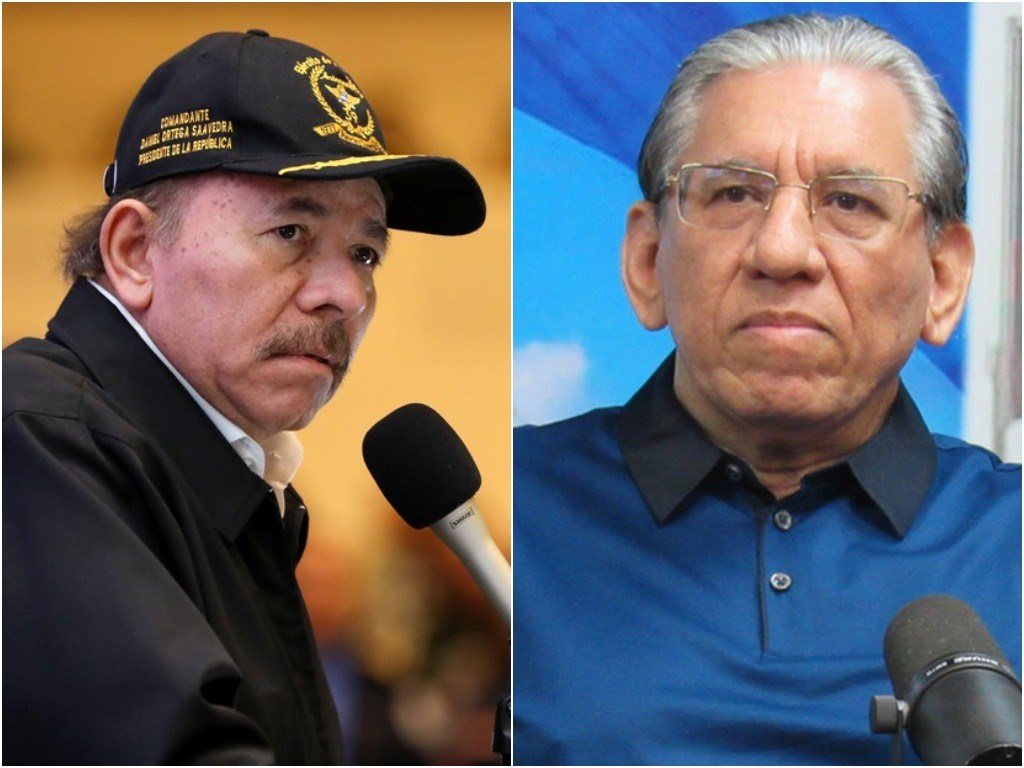
The former ambassador received $150,000. $50,000 was also transferred to Ligia Trejos Leiva, wife of Humberto Ortega, and more than $775,000 were deposited in the name of Ramiro Contreras, brother of the Nicaraguan-Mexican René Contreras, former personal assistant to the former military chief.
Almost a million dollars ended up in a company controlled by military aides of Humberto Ortega and another part of the money disappeared in a tangled trail of Swiss bank accounts and shell companies in Panama.
5- The opaque sale of arms
In the Government of Doña Violeta Barrios de Chamorro, Humberto Ortega remained in his position at the point of threats to destabilize the country, but his permanence was conditional on dismantling the counterrevolutionaries and reducing the Army, which began to operate as a parallel government that upset the new administration.
In the midst of these tensions, in January 1991, the then Vice President of El Salvador, José Francisco Merino López, directly blamed Humberto Ortega for being responsible for the illegal sale of 28 Soviet-manufactured missiles for eleven thousand dollars to the Farabundo Martí Front to the National Liberation (FMLN), a guerrilla political organization ideologically aligned with Sandinismo.
After diplomatic dialogues, the assets were returned to the Government of Nicaragua. General Ortega affirmed that after leaving office “he would not leave the army on a bicycle” and that he had the right to a “dignified retirement,” Roberto Samcam, a retired major from the Sandinista Popular Army, reminded Nicaragua Investiga, who maintains that another arms sale by decision of the Government of Nicaragua, the helicopters went to Peru and other assets to Ecuador.
Related news: Humberto Ortega proposes a “soft landing” and impunity for the Nicaraguan regime
The media and official reports of the time reported that Peru bought 14 Russian Mi-17 and seven Mi-25 helicopters for $24 million. Ecuador obtained the radar system and other assets that cost 50 million dollars, according to the press in that country.
In April 2006, Humberto Ortega attended an activity at the Universidad Centroamericana UCA as a speaker. They asked him about this money and if he used part of it to become a great businessman. He didn’t want to answer.
He maintained in the interview with local media that he is not a great businessman, and he does not have all the businesses that have been attributed to him; that he lives because of his “personal activity” and because of the relationships he cultivated during the first Sandinista government. And as if he led the same life of deprivation that he recounted in his book when recounting his childhood, he affirmed that he has to “manage it, like everyone else, everyone at his level” to survive.






